Discover Pharmacy Museums Worldwide
Your comprehensive guide to pharmacy museums around the globe. Explore pharmaceutical history, traditional medicine, and medical collections with detailed visitor information.
Explore by Country
Discover pharmaceutical heritage and medical history across different nations

United States
18 museumsDiscover pharmaceutical heritage across America's leading medical institutions and historic apothecaries.
Highlights:
- Home to world-renowned medical institutions
- Rich history of pharmaceutical innovation
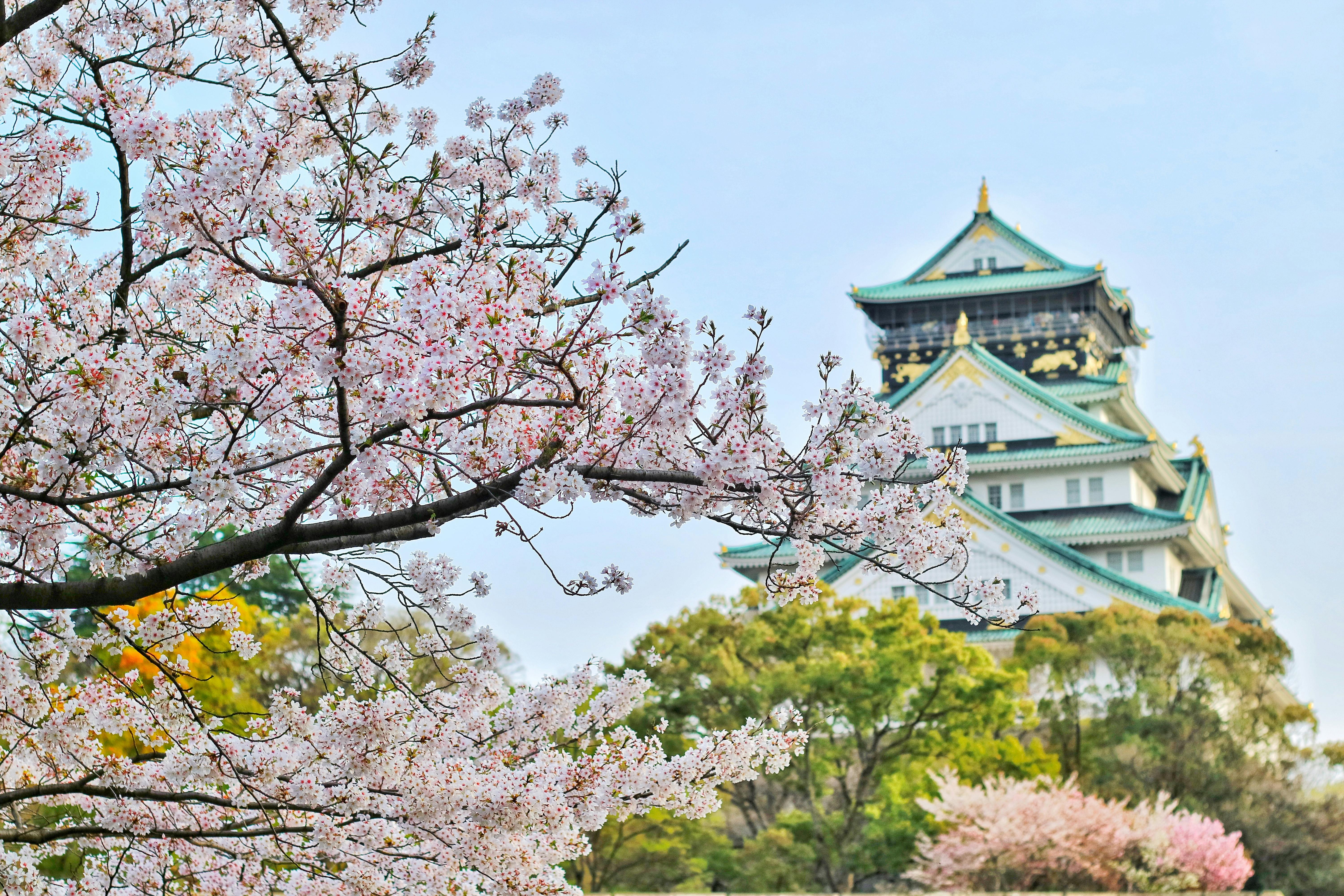
Japan
6 museumsExplore Japan's 345+ year pharmaceutical heritage through historic company museums and traditional medicine collections.
Highlights:
- Mitsubishi Tanabe Pharma Historical Museum showcasing 345+ years of pharmaceutical history
- Naito Museum with 65,000+ documents and 62,000+ books
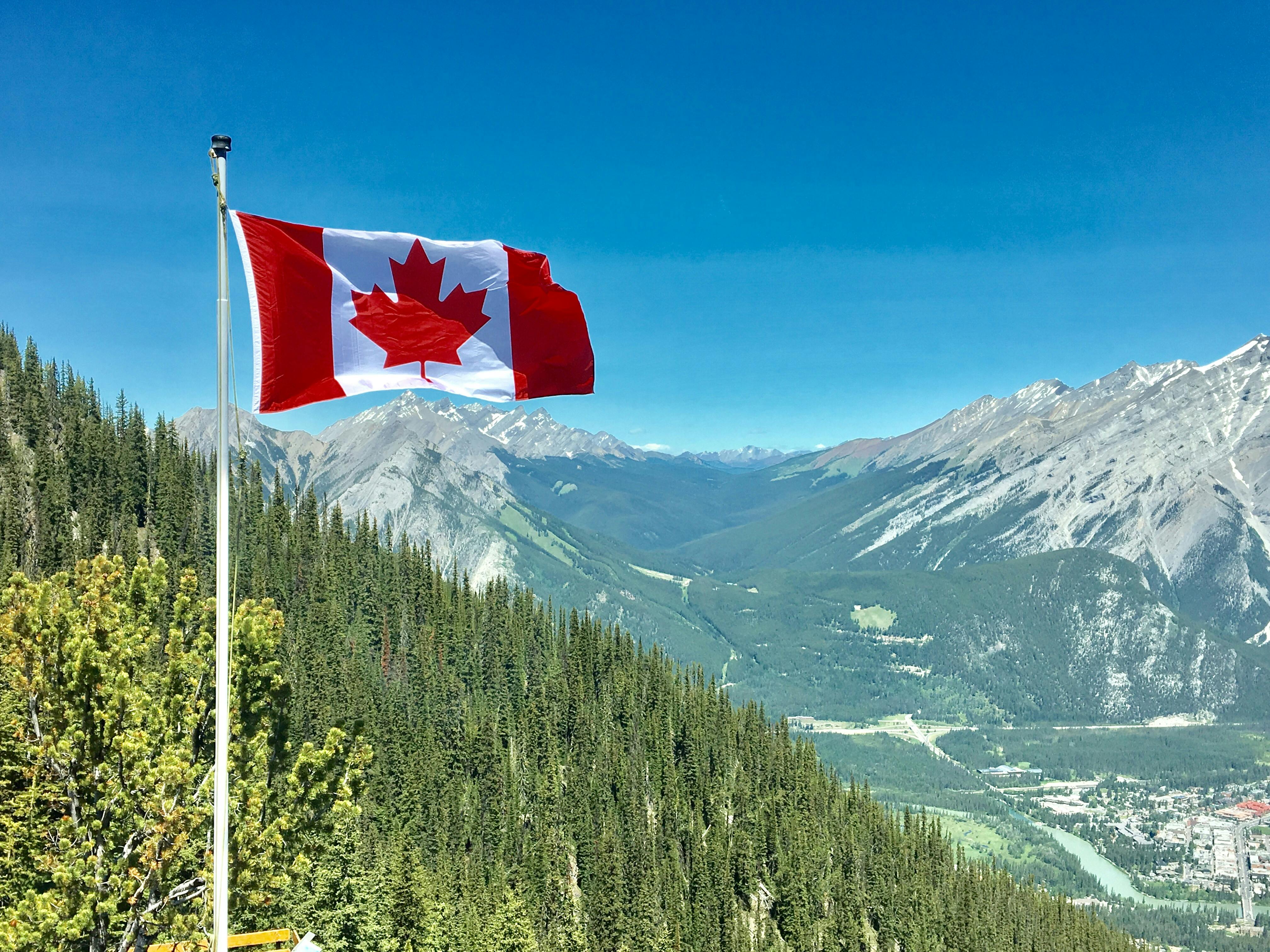
Canada
4 museumsExplore maritime pharmaceutical heritage and outport community medicine in historic Newfoundland.
Highlights:
- Maritime pharmaceutical heritage
- Art Deco and Art Nouveau design

Thailand
4 museumsTraditional Thai pharmaceutical practices preserved at the country's oldest hospital museum.
Highlights:
- Seven sub-museums at historic Siriraj Hospital
- Traditional Thai medicine pharmacy reconstructions

Italy
3 museumsOne of the world's oldest pharmacies established by Dominican friars in 1221.
Highlights:
- World's oldest pharmacy (1221)
- Dominican friar heritage
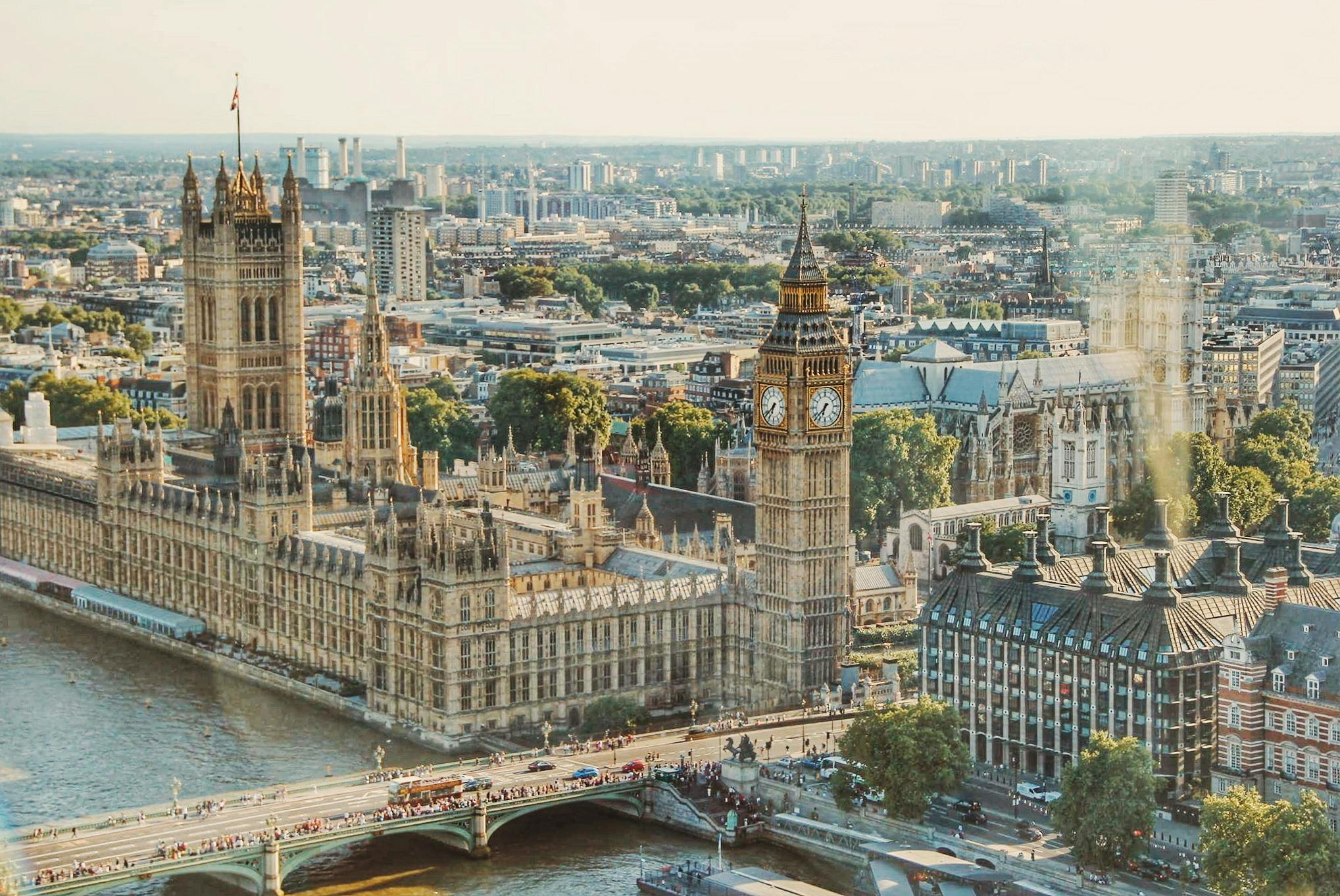
United Kingdom
3 museumsDiscover Britain's rich pharmaceutical heritage through world-class medical museums and historic institutions.
Highlights:
- Home to the Wellcome Collection with 1+ million pharmaceutical objects
- Royal College of Surgeons collections dating back 500+ years
Most Popular Pharmacy Museums
Discover some of the world's most remarkable pharmacy museums
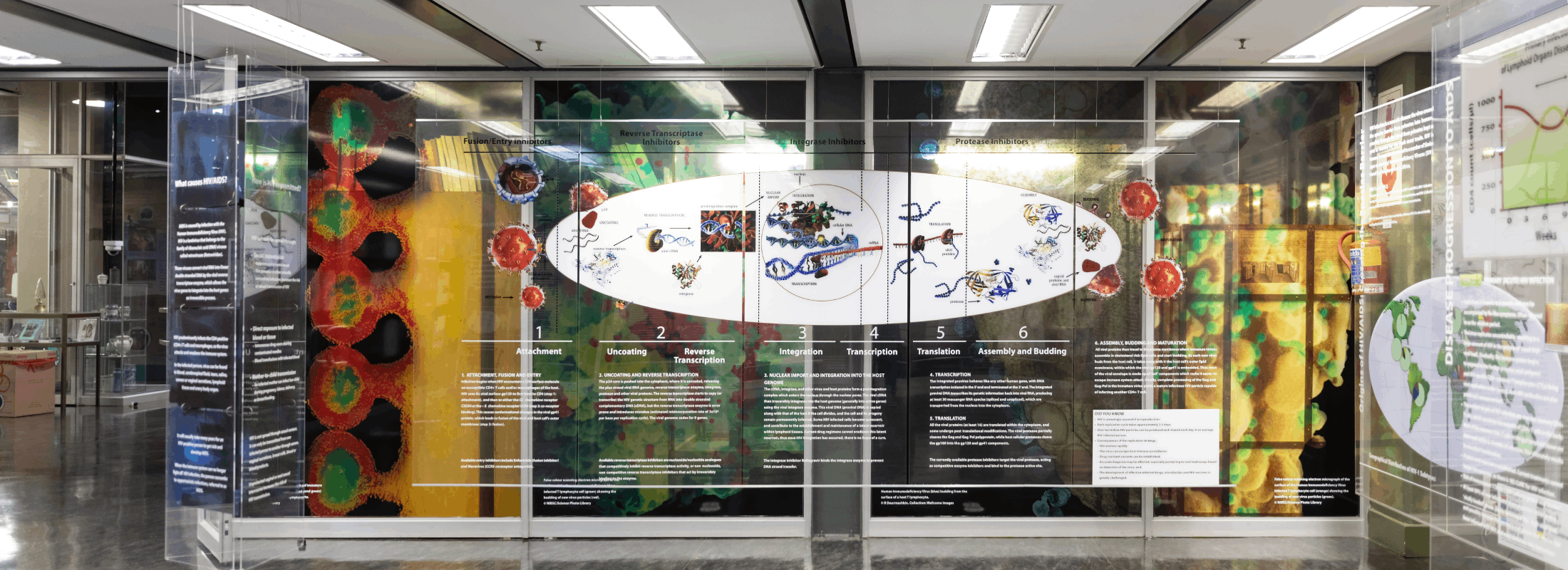
Adler Museum of Medicine
Johannesburg, South Africa
The Adler Museum of Medicine, founded in 1962 by Dr. Cyril and Mrs. Esther Adler and transferred to the University of the Witwatersrand in 1974, houses over 40,000 medical and pharmaceutical artifacts spanning centuries of healing traditions. The museum's centerpiece pharmacy exhibit features a meticulously reconstructed early 20th century Johannesburg pharmacy, complete with period fixtures and pharmaceutical preparations that provide an immersive glimpse into South African pharmaceutical practice during the colonial and early independence eras. Uniquely, the museum bridges Western and traditional African pharmaceutical knowledge through reconstructions of an African herb shop and displays of patients consulting with traditional healers (sangomas), creating a comprehensive dialogue between indigenous and colonial healing systems. Located in the foyer of the University of the Witwatersrand Medical School in Parktown, Johannesburg, the museum serves both academic and public education with its extensive archives and library containing over 5,000 rare medical history volumes. The institution offers comprehensive educational programming including guided tours, public lectures, and specialized workshops particularly valuable for pharmacy students and healthcare professionals seeking to understand their practice's historical foundations. Beyond pharmacy, the museum showcases diverse healing modalities from Chinese medicine and Ayurveda to historical reconstructions of treatments by the Persian physician Avicenna and exhibitions of early electro-medical equipment. The museum publishes the biannual Adler Museum Bulletin featuring scholarly research in pharmaceutical history and regularly hosts temporary exhibitions on topics ranging from infectious diseases to advances in cardiology. For visitors, this essential destination offers a compelling journey through pharmaceutical evolution that emphasizes both remarkable medical advances and the enduring value of traditional healing practices within South Africa's unique cultural and historical context.
University Collection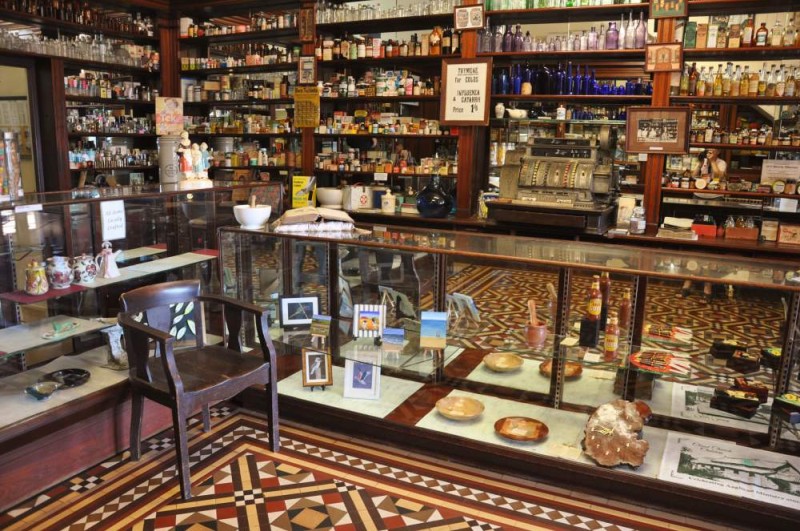
Childers Pharmaceutical Museum
Childers, Australia
Heritage-listed former pharmacy museum housed in the historic Gaydon's Building, showcasing one of Australia's largest collections of early pharmaceutical history from 1894-1982. The Childers Pharmaceutical Museum, housed in the heritage-listed former Gaydon's Pharmacy building at 88-90 Churchill Street, represents one of only two pharmaceutical museums in Australia and stands as an extraordinary testament to early 20th-century pharmaceutical practice. Established by apothecary Thomas Gaydon in 1894, the pharmacy operated continuously until 1982, serving the Childers community as chemist, dentist, optician, veterinarian, anaesthetist, and photographer. The museum remarkably preserves its original cedar fittings, ground glass bottles with gold leaf lettering, leather-bound prescription books, Wedgwood mortar and pestles, early pill-making machines, and a 1906 cash register still positioned on the red cedar counter. The building itself, designed by Bundaberg architect F.H. Faircloth and constructed between 1902-1909 following a devastating fire, showcases classical revival architecture with a balustraded parapet, decorative urns, and original lead lighting friezes. Spanning over a century of pharmaceutical history, this exceptional collection offers visitors an immersive journey through early medicine practices, featuring one of Australia's largest assemblages of pharmaceutical equipment, specimen jars, medicine bottles, and historical documentation that provides unique insight into the evolution of rural healthcare delivery. The museum's intact preservation of original fittings, equipment, and stock makes it extraordinarily rare, offering researchers and visitors alike an authentic window into the comprehensive services provided by country pharmacists in early 20th-century regional Queensland.
Historic Pharmacy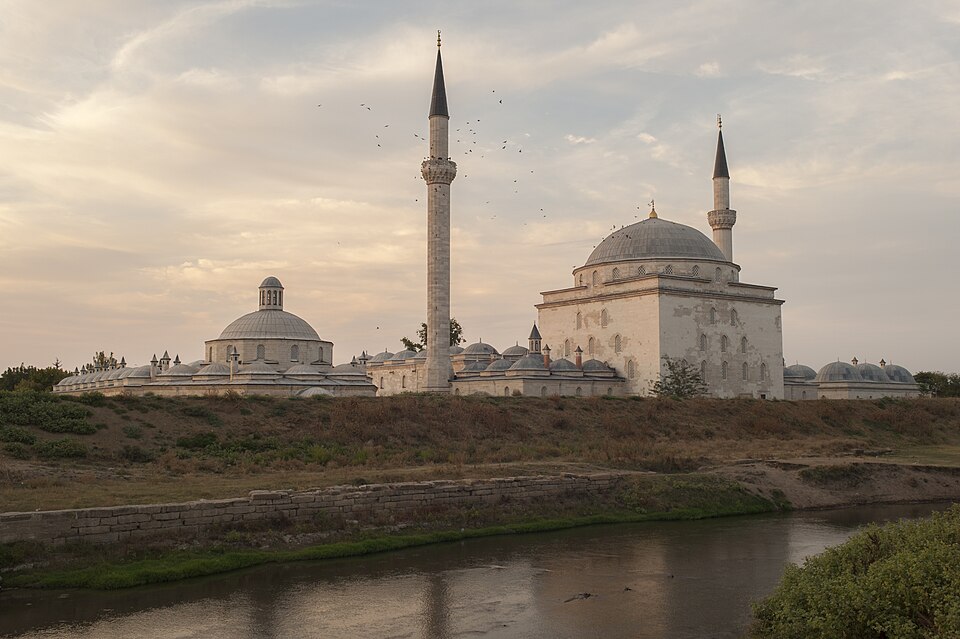
Complex of Sultan Bayezid II Health Museum
Edirne, Turkey
Award-winning museum in a restored 15th-century Ottoman hospital (darüşşifa), showcasing Ottoman medical practices including music therapy and innovative treatments. The Complex of Sultan Bayezid II Health Museum in Edirne, Turkey, stands as a remarkable testament to the advanced medical and pharmaceutical practices of the Ottoman Empire during the late 15th and early 16th centuries. Originally constructed in 1488 as a complete healthcare complex (darüşşifa) under Sultan Bayezid II, this UNESCO World Heritage site represents one of the world's earliest examples of holistic medical treatment, integrating pharmacy, hospital, and mental health care under one roof. The museum's pharmaceutical sections showcase an impressive collection of Ottoman-era medical instruments, drug preparation equipment, and rare manuscripts detailing traditional Islamic medicine and herbal remedies that bridged Eastern and Western pharmaceutical knowledge. Visitors can explore authentic pharmacy chambers where court physicians once prepared medicines, featuring original mortars, pestles, and drug storage vessels alongside detailed exhibits explaining the complex's revolutionary approach to patient care that included music therapy, hydrotherapy, and systematic pharmaceutical treatment. The stunning Seljuk and early Ottoman architecture, with its distinctive domed structures and intricate tilework, creates an immersive environment that transports visitors back to the golden age of Islamic medicine. The museum offers unique insights into how pharmaceutical practices evolved within the Ottoman medical system, making it an essential destination for understanding the historical intersection of Eastern and Western medicinal traditions and the early development of hospital pharmacy as a specialized field.
Independent Museum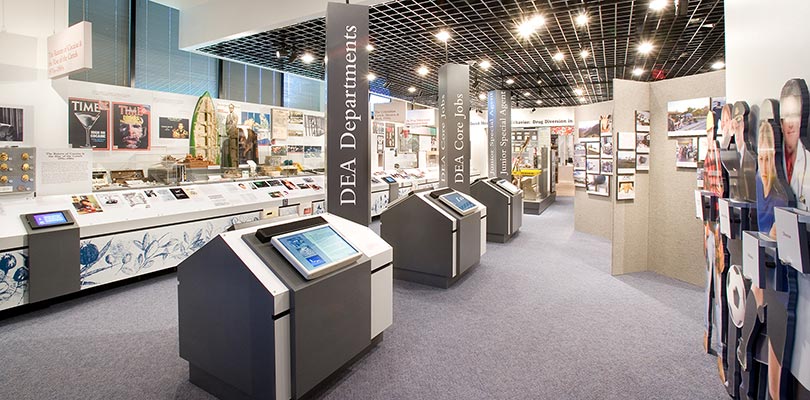
Drug Enforcement Administration Museum
Arlington, United States
The Drug Enforcement Administration Museum in Arlington, Virginia, offers a unique perspective on pharmaceutical history through the lens of drug enforcement and regulation. Established to chronicle the DEA's mission since 1973, this specialized museum explores the complex relationship between legitimate pharmaceutical development and illegal drug trafficking, showcasing how drug control policies have evolved alongside medical advances. The museum features an extensive collection of confiscated drugs, clandestine laboratory equipment, and historical artifacts that illustrate the ongoing battle against drug abuse while highlighting the importance of pharmaceutical regulation. Visitors can explore exhibits detailing the history of controlled substances, from early opium regulation to modern prescription drug monitoring, providing crucial context for understanding contemporary pharmaceutical practice. The museum's educational programs emphasize the dual nature of many substances—their potential for both healing and harm—making it an invaluable resource for understanding the regulatory framework that governs modern pharmacy. Interactive displays and case studies demonstrate how law enforcement and healthcare professionals collaborate to ensure pharmaceutical safety while preventing drug diversion and abuse.
Independent Museum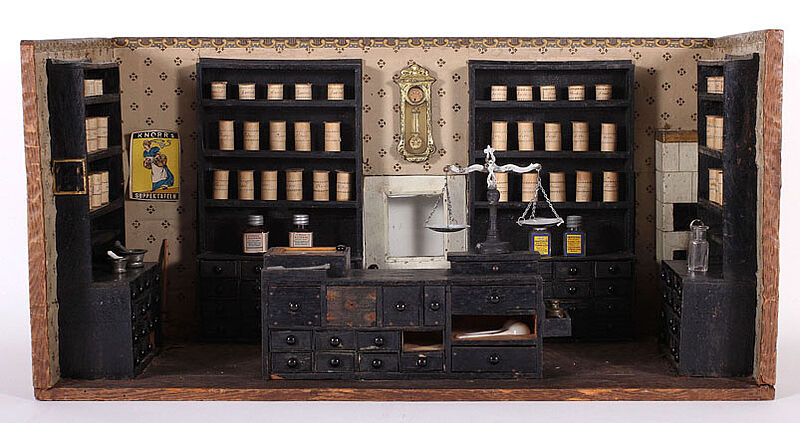
German Pharmacy Museum (Deutsches Apotheken-Museum)
Heidelberg, Germany
A world-renowned pharmacy history museum located in Heidelberg Castle, Germany, offering a journey through 2,000 years of pharmaceutical history. Founded in 1938, the museum features the most comprehensive collection of pharmacy artifacts in the world – over 20,000 objects. The German Pharmacy Museum (Deutsches Apotheken-Museum) in Heidelberg Castle houses the world's most extensive collection on the history of pharmacy, spanning from antiquity to the 21st century across ten outstanding interior rooms of the historic castle. The museum showcases fascinating insights into the history of pharmaceutics through fully preserved interiors of historic apothecaries from the 17th through 19th centuries, including painted cabinets of a former monastery apothecary, magnificent Baroque apothecaries, and elegant designs of the Biedermeier period. Among the approximately 1,000 remedies displayed, visitors discover curiosities such as pulverized mummy, valued in the 16th century as a remedy for cough, sore throat, broken heart, shivers and headache. The museum features valuable apothecary vessels made of glass, glazed earthenware and brightly colored maiolica, while the domed apothecary tower houses an impressive laboratory with period equipment. Located within the magnificent Renaissance Heidelberg Castle, the museum attracts up to 600,000 visitors annually, making it one of the most visited museums in Germany. The museum grounds include medicinal gardens that recreate the 16th-century botanical collection of electoral court pharmacist Philipp Stefan Sprenger.
Historic Pharmacy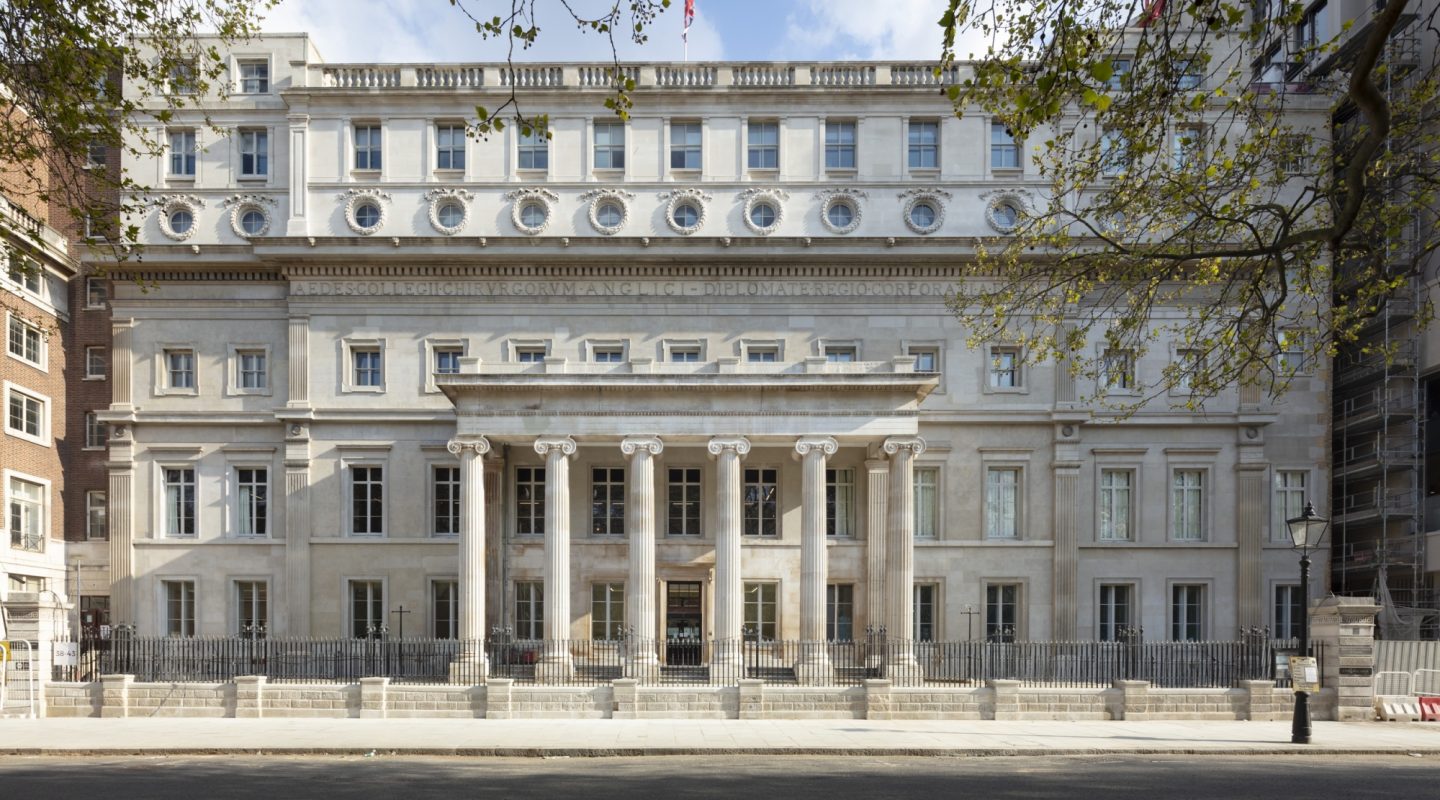
Hunterian Museum
London, United Kingdom
John Hunter's 18th-century collection with 3,500+ specimens including pharmaceutical preparation tools and medical equipment from his Leicester Square anatomy school, recently renovated in 2023. The Hunterian Museum at the Royal College of Surgeons of England houses one of the world's most significant collections of anatomical, pathological, and surgical specimens, centered around the extraordinary 18th-century collection of surgeon-anatomist John Hunter (1728-1793). Originally comprising over 14,000 specimens when purchased by the British government in 1799, the collection now displays over 2,000 anatomical preparations alongside surgical instruments, equipment, models, paintings, and archive materials that trace four centuries of surgical and medical history. The museum features Joseph Lister's pioneering antiseptic surgical instruments, including his carbolic acid spray apparatus, which revolutionized surgical practice and dramatically reduced post-operative mortality rates. Following a major £4.6 million redevelopment, the museum reopened in May 2023 with modernized galleries that showcase everything from 17th-century surgical tools to contemporary robot-assisted surgical technologies. Notable exhibits include the Crystal Gallery housing Hunter's original specimens, comparative anatomy displays, the Odontological Collection featuring everything from piranha teeth to Winston Churchill's dentures, and the macabre yet scientifically crucial specimens that advanced understanding of human anatomy and surgical techniques. The museum offers free guided curator tours every Wednesday and welcomes over 90,000 visitors annually to explore this unique intersection of medical history, natural science, and the evolution of surgical practice.
University CollectionExplore History of Pharmacy
Explore the fascinating world of pharmaceutical history and traditional medicine
Search MuseumsFrequently Asked Questions
Find answers to common questions